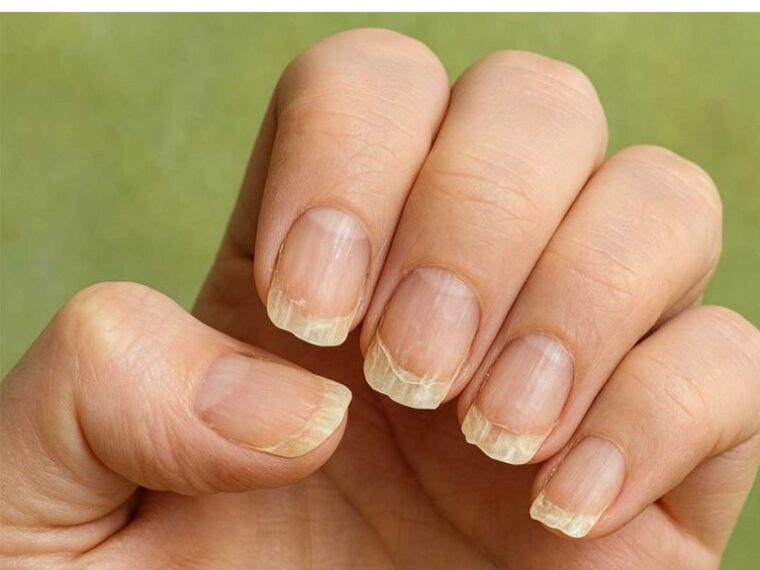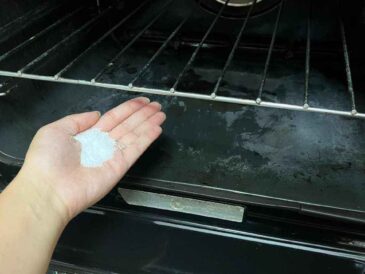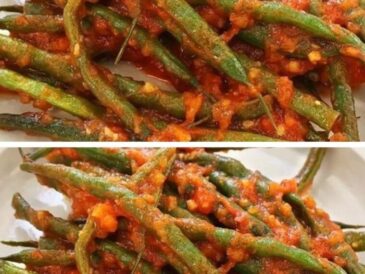Nail health is an often-overlooked indicator of overall well-being. While we might focus on aesthetics—smooth surfaces, clean cuticles, and polished finishes—our nails can actually reflect what’s happening inside our bodies. Healthy nails tend to be smooth, without ridges or discoloration, and consistent in shape and thickness. However, when they begin to split, peel, or break easily, it’s more than just a cosmetic nuisance. These symptoms may signal nutritional imbalances, medical conditions, or external damage due to environmental exposures.
Why Are Your Nails Splitting and Breaking?
Nail splitting and breaking—known medically as onychoschizia—can result from a range of factors. Regular exposure to water, cleaning products, nail polish removers, or even cold weather can weaken the nail structure over time. Habitual behaviors like nail-biting or using your nails as tools to pry or scratch also cause damage.
Internal factors can be just as influential. Conditions such as thyroid disorders, psoriasis, or fungal infections can compromise nail strength. Nutritional deficiencies, especially in key vitamins and minerals like iron, zinc, and biotin, are among the most common underlying causes.
Nutrition’s Impact on Nail Strength
Nutrition plays a fundamental role in nail growth and resilience. Since nails are composed primarily of keratin—a type of protein—adequate protein intake is essential. Vital nutrients like biotin (vitamin B7), iron, zinc, and vitamin E support the production of healthy nail cells and protect against brittleness.
A diet lacking in these elements can result in slow-growing, fragile nails prone to breakage. Ensuring your meals include a wide variety of whole foods, such as leafy greens, nuts, seeds, eggs, and lean meats, can significantly improve nail health over time.
Could It Be Manganese Deficiency?
One often-overlooked mineral that plays a crucial role in nail integrity is manganese. This trace element supports the formation of bones and connective tissue, aids in wound healing, and is involved in collagen production—an important protein for nail strength.
Though manganese deficiency is rare, it can happen due to poor dietary intake or malabsorption conditions. When levels are too low, symptoms can include fatigue, joint discomfort, poor wound healing, and notably, brittle or easily breaking nails.
Spotting the Signs of Manganese Deficiency
Diagnosing manganese deficiency isn’t always straightforward. It typically isn’t screened in routine blood tests, and symptoms may mimic other health issues. Signs like weak bones, slow-healing cuts, and chronic nail splitting may suggest the need to investigate further.
If you suspect a deficiency, it’s best to consult a healthcare provider. They can recommend targeted tests or refer you to a nutritionist to help rebalance your intake through diet or supplements.
How a Balanced Diet Strengthens Nails
The best defense against nail problems is a diverse and nutrient-rich diet. Foods like eggs, almonds, sunflower seeds, spinach, and legumes are loaded with the essential vitamins and minerals your nails need to grow thick and strong. Don’t forget to stay hydrated—dry nails are more prone to cracking and splitting.
In some cases, supplements can help, but whole foods should always be the foundation of nail health. Speak to a healthcare professional before adding any new supplements to your routine.
Top 10 Popular Home Remedies for Nail Health
Looking for simple, natural ways to boost your nail strength and appearance? Here are 10 tried-and-true home remedies that can help restore vitality to your nails:
1. Olive Oil Soak
Warm olive oil penetrates the nail and cuticle, moisturizing from within. Soak your nails for 10–15 minutes daily to help prevent brittleness.
2. Coconut Oil Massage
Rich in antioxidants and fatty acids, coconut oil can strengthen nails and prevent fungal infections. Massage into nails and cuticles before bed.
3. Biotin Supplements
If your diet lacks biotin, consider a supplement. Biotin has been shown to increase nail thickness and reduce splitting over time.
4. Lemon Juice and Baking Soda Scrub
This combo can help remove stains and gently exfoliate dead skin around the nails. Use once a week for brighter, healthier nails.
5. Tea Tree Oil for Fungal Protection
A drop of diluted tea tree oil can fight fungal infections and improve nail appearance. Be cautious if you have sensitive skin.
6. Hydration
Drinking enough water daily keeps nails and cuticles hydrated, reducing the risk of breakage and dryness.
7. Cuticle Care with Vitamin E
Break open a vitamin E capsule and apply it directly to nails and cuticles to nourish and protect.
8. Avoid Harsh Chemicals
Limit use of nail polish removers with acetone and wear gloves when using cleaning products.
9. Proper Nail Trimming
Keep nails trimmed and filed to reduce snags and prevent splits. Always file in one direction to avoid weakening the nail.
10. Gelatin or Collagen Supplements
These support keratin production and may improve nail thickness and strength over time.




